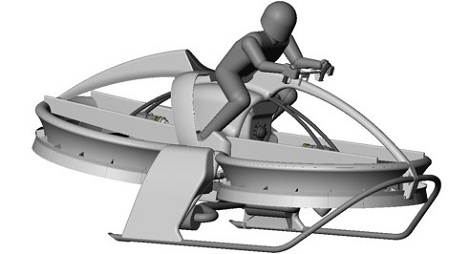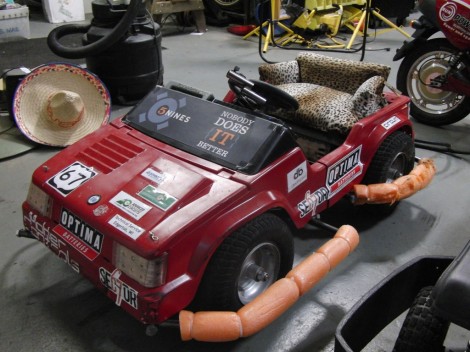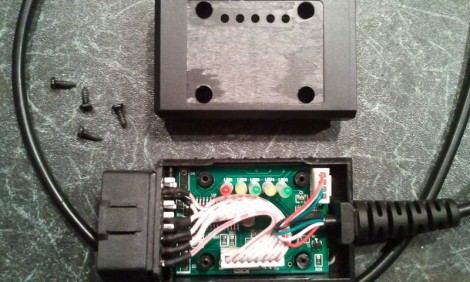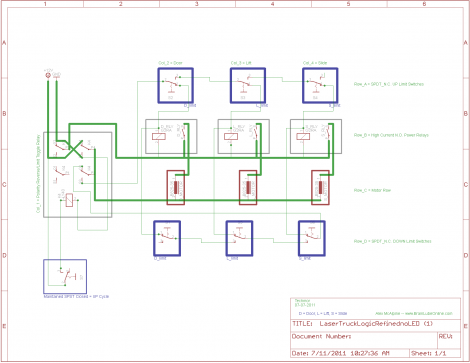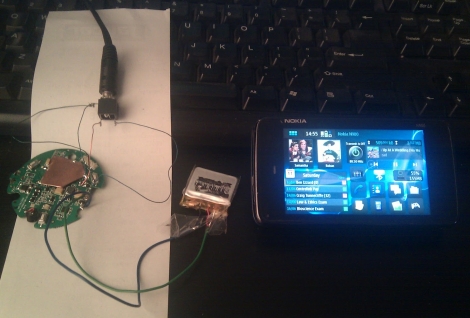
[Tim] drives a 1995 Mitsubishi TS Magna, which is equipped with a less than stellar accessory package he lovingly calls a “poverty pack”. He outfitted his ride with an aftermarket head unit that can support the Bluetooth A2DP profile, provided he buys the ridiculously overpriced kit sold by Pioneer. Reluctant to shell out more money on an audio kit than his car is worth, he whipped up his own Bluetooth kit for far less than Pioneer’s asking price.
He had a set of Nokia Bluetooth headphones that he was willing to part with, so he disassembled them to see how he might interface with his car stereo. Connecting the headset to his head unit was a relatively easy task, but he had to work a bit harder to get his Bluetooth receiver powered properly.
After both undervolting and then nearly cooking his wireless audio rig, [Tim] managed to get things operating to his liking. He says that the audio is a touch quieter than he would like at the moment, so he will likely be revising his design in the near future. For now however, he can stream tunes from his phone while he cruises around town.

